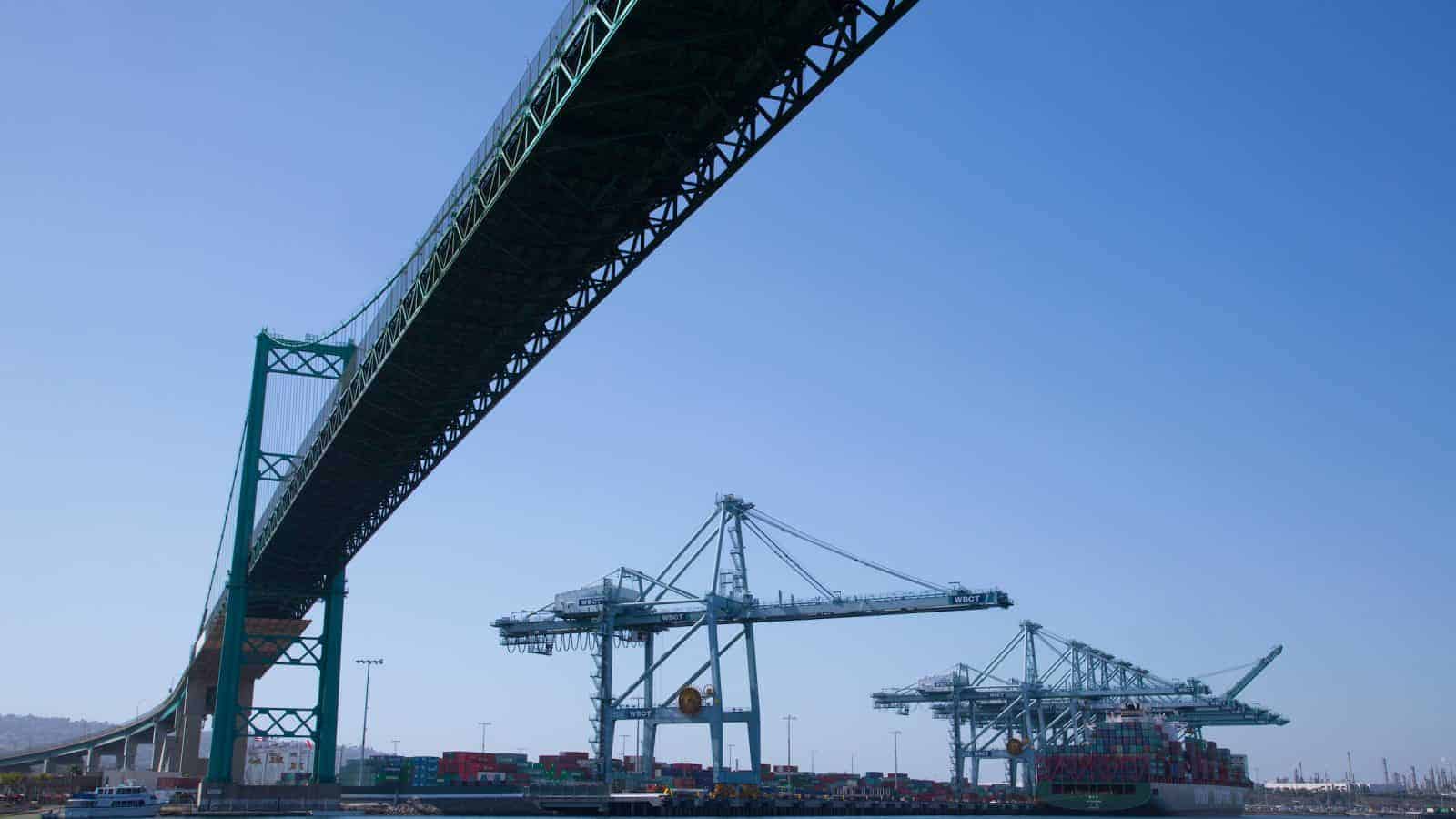FERC Seeks to Slash Energy-Project Backlog

As the Federal Energy Regulatory Commission prepares to issue a final rule that would change the way new energy projects connect to the U.S. electrical grid, some are concerned the regulation may be insufficient, according to E&E News’ ENERGYWIRE (subscription).
What’s going on: “Speeding up the grid connection system is critical for the success of the Biden administration’s signature climate initiatives and for many states’ clean energy goals. Today’s protracted process for linking new energy projects to the transmission system is widely considered one of the chief hurdles to deploying more carbon-free energy.”
The problem: Developers of clean energy undertakings and others say FERC’s coming changes likely won’t have the effect of getting new projects online sooner.
- Some policies—such as the direction of regional transmission lines to study interconnection requests in groups, not individually—have already been implemented to little effect, they say.
- And some potential issues slowing grid connection aren’t covered by the regulations, including grid operators’ difficulty in hiring sufficient numbers of experienced engineers to process all the requests.
- Then there are network-upgrade costs, which “are rising sharply” and may not be “meaningfully address[ed]” by FERC’s proposed rule.
Too long a wait: Before being able to deliver power to businesses and households, new energy projects need to be connected to the transmission system—and getting approval for that connection can take years.
- “As of last year, it took an average of five years for a new energy project in the United States to move through that study process and reach commercial operation, according to the Department of Energy’s Lawrence Berkeley National Laboratory. That’s up from an average of three years in 2015 and less than two years in 2008.”
- What’s more, “[i]n the current interconnection process in most of the United States, projects are sometimes restudied up to 10 times before they’re approved to connect,” one source told ENERGYWIRE.
Prioritizing projects: The proposed regulation tries to prioritize projects by commercial viability and construction readiness to cut down on the number of “possible” projects in the lineup.
- However … some in the renewables industry say “it’s unrealistic to expect project developers to have most of their permits and contracts in place before they have gone through the interconnection process,” another source told the news outlet.
A fundamental change: FERC has its work cut out for it given the foundational changes that have taken place in the U.S. energy system in the past few decades.
- “Historically, the electric grid was dominated by large, centralized power plants. But as the clean energy transition continues,” that is likely to change.
The NAM’s take: “Manufacturers depend on access to reliable and affordable energy to expand—which is why we support reforms that would foster transparent, streamlined and timely federal regulatory processes for the siting, permitting and licensing of energy delivery infrastructure of all types,” said NAM Vice President of Energy and Resources Policy Brandon Farris.
